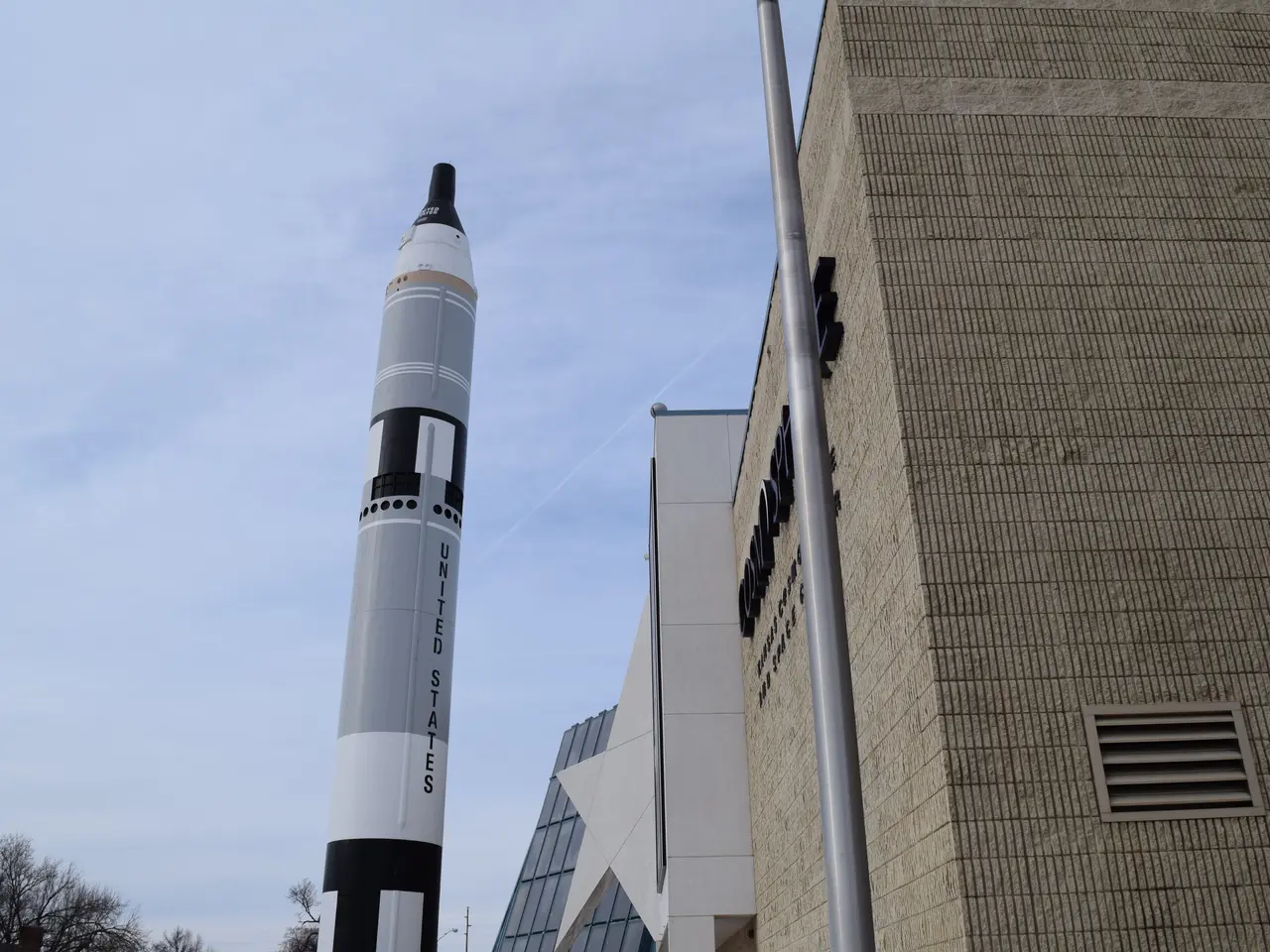The importance of examining the cosmos
Space Exploration Drives Earthly Innovation
Space exploration is not just about venturing into the cosmos, but also about driving technological innovation here on Earth. One of the most prominent examples of this is the International Space Station (ISS), which has been a hub for groundbreaking research that has led to significant advancements in various fields.
Medical Breakthroughs
Research conducted aboard the ISS has led to breakthroughs in cancer drug development, stem cell therapies, and portable surgical devices originally designed for space missions [1]. These advancements have had a profound impact on the medical field, improving the quality of life for many people.
Everyday Products
Many everyday products such as memory foam mattresses, portable water filters, and scratch-resistant glasses trace their origins to technology developed for space travel [1]. These innovations have made everyday life more comfortable, convenient, and efficient.
Climate Monitoring and Environmental Management
Satellite technology, a direct result of space exploration, plays a critical role in Earth observation. It enables precise climate monitoring, helping industries optimize water usage and improve environmental, social, and governance (ESG) reporting [1][3]. These observations provide unique data not attainable from the ground alone, enhancing scientific understanding of Earth’s atmosphere, geological formations, and climate [3].
Transportation and Connectivity
Innovations from space missions also transfer to transportation and connectivity on Earth. For example, software tools developed for Artemis lunar missions have been adapted by commercial airlines, reducing fuel consumption significantly [1]. Technologies such as grooved pavement initially developed for shuttle runways now improve highway safety by reducing hydroplaning [1].
Moreover, satellite imaging advances high-tech fields like autonomous vehicles, 5G networks, and beyond [5].
Space Exploration's Impact
In summary, space exploration acts as a practical innovation engine, yielding transformative technologies that benefit medicine, consumer goods, environmental management, transportation, and telecommunications on Earth [1][2][5].
As we look to the future, companies like Airbus are pushing the boundaries of what is possible. They are demonstrating the feasibility of very high-speed communications between the ground and a geostationary satellite with TELEO [6]. Airbus is also contributing to NASA's Artemis missions with the European Service Module (ESM), which will propel and maneuver the Orion spacecraft and provide the crew with water, oxygen, and thermal control [7].
Furthermore, Airbus, Voyager Space, and Mitsubishi are partnering to have the ISS' successor up-and-running: Starlab, a next-generation space station designed to ensure a seamless transition to the new commercial space stations era [8]. Starlab consists of a large steel-cased module with three separate decks, connected by a central tunnel surrounded by a greenhouse, capable of conducting over 400 experiments per year [9].
The miniaturization of devices from space technology has been applied to consumer electronics, making them lighter, more efficient, and more powerful [10]. However, space exploration pushes technologies to their limits due to harsh environmental conditions, requiring upfront modeling and testing for reliability [4].
As the ISS reaches the end of its working life at the end of this decade [2], an increasing number of start-ups and external partners are interested in using Starlab, representing a new business model that will bring the benefits of space to a broader spectrum of applications [11]. This new era of space exploration promises to continue driving technological innovation and improving life on Earth.
References: [1] NASA (n.d.) Benefits of Space Exploration. Retrieved from https://www.nasa.gov/audience/foreducators/5-8/features/NASA_Features_Benefits_of_Space_Exploration.html
[2] Space.com (2021) The International Space Station: A Timeline of Key Events. Retrieved from https://www.space.com/international-space-station-timeline.html
[3] European Space Agency (n.d.) Earth Observation. Retrieved from https://www.esa.int/Applications/Observing_the_Earth
[4] Airbus (2021) Fixing Things in Space. Retrieved from https://www.airbus.com/innovation/space/space-innovation/fixing-things-in-space.html
[5] European Space Agency (n.d.) Space for Transport. Retrieved from https://www.esa.int/Applications/Navigation/Transport
[6] Airbus (2021) TELEO. Retrieved from https://www.airbus.com/innovation/space/space-innovation/teleo.html
[7] Airbus (2021) European Service Module (ESM). Retrieved from https://www.airbus.com/innovation/space/space-innovation/european-service-module.html
[8] Airbus (2021) Starlab. Retrieved from https://www.airbus.com/innovation/space/space-innovation/starlab.html
[9] European Space Agency (2021) Starlab. Retrieved from https://www.esa.int/Applications/SpaceStation/Starlab
[10] European Space Agency (n.d.) Miniaturisation. Retrieved from https://www.esa.int/Applications/Telecommunications_Integrated_Applications/Miniaturisation
[11] Airbus (2021) Starlab: The Next Generation Space Station. Retrieved from https://www.airbus.com/newsroom/press-releases/en/2021/04/starlab-the-next-generation-space-station.html
Space exploration not only drives advancements in technology for space travel, but also fuels the development of miniaturized devices that make everyday electronics more efficient and powerful. The research conducted aboard the International Space Station has led to the creation of innovative technologies that have profoundly impacted various industries, including medicine, consumer goods, transportation, and telecommunications.




